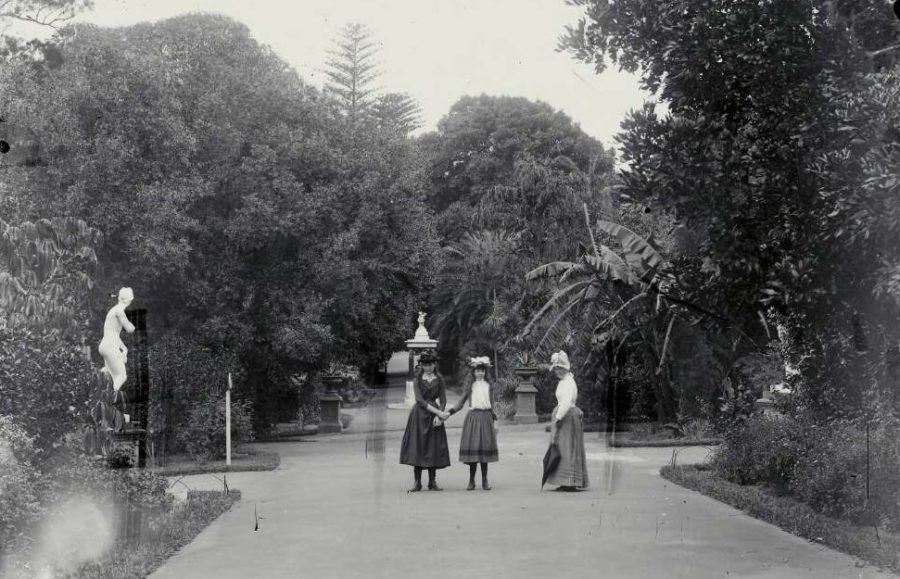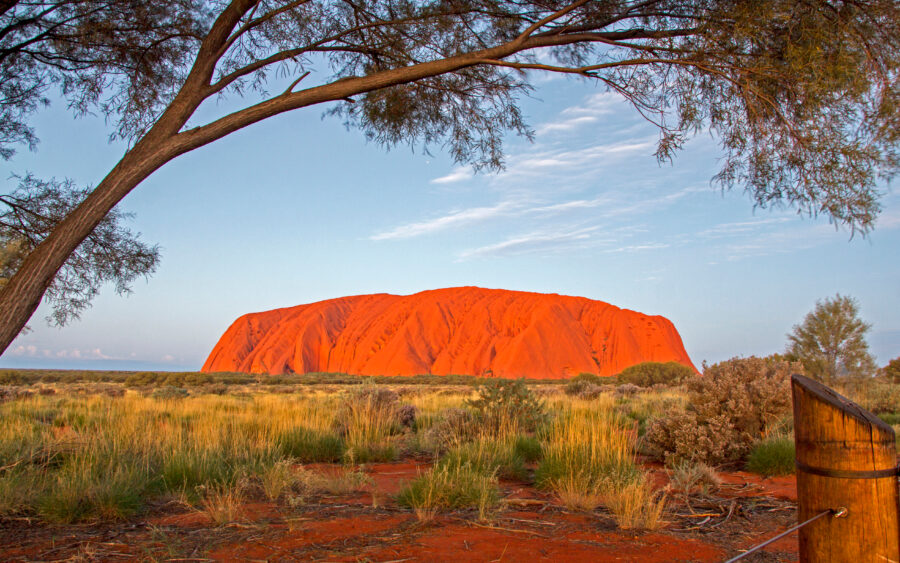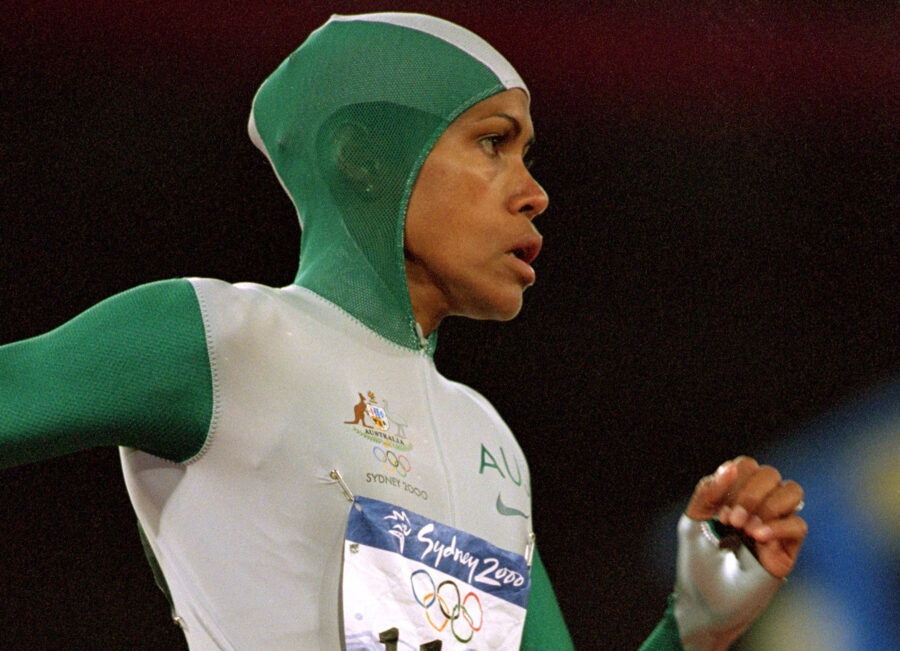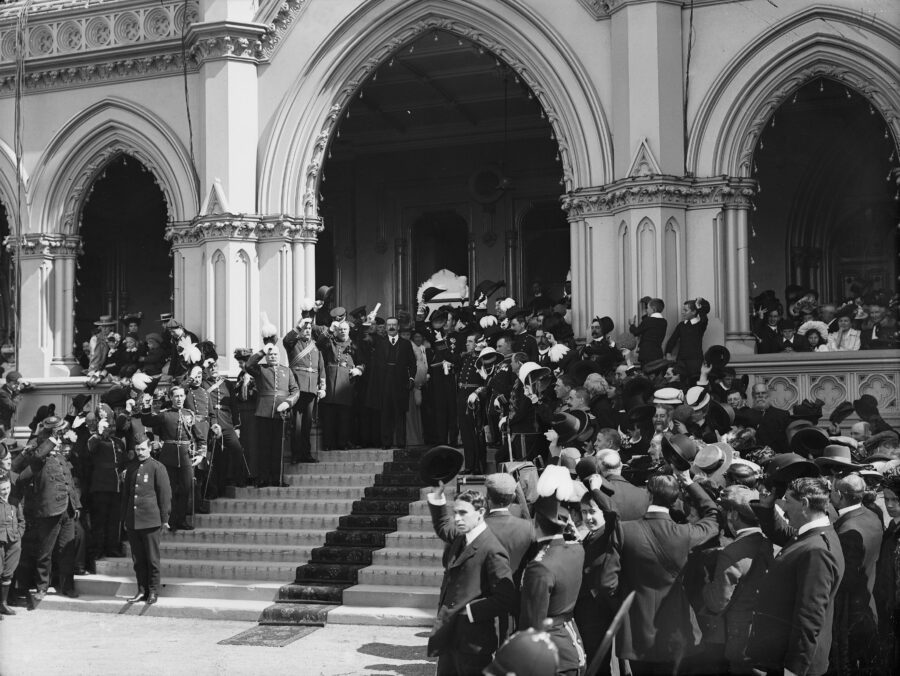On this day: Happy 200th to Sydney’s Botanic Gardens

AT 1PM ON 13 JUNE 1816 Governor Lachlan Macquarie was informed by working gang overseer Nicholas Delaney that the Mrs Macquaries Road was finished. (Designed by Elizabeth Macquarie, the governor’s wife, it ran from the original Government House, now the Museum of Sydney, to Mrs Macquarie’s Point. The road is no longer in existence).
The former convict and his gang of ten men had managed to finish the road quicklu and they finished it on Mrs Macquarie’s birthday. So, the generous feeling Governor provided them with more than 20L of spirits to celebrate. That’s more than two litres each! Some party that must have been, especially after the strict liquor rationing of the unpopular governor before him, William Bligh.
It’s this day that’s traditionally observed as the foundation day of Sydney’s Botanic Garden, one of the oldest botanic gardens in the Southern Hemisphere, and indeed in the world. The famous Royal Botanic Gardens Kew in Britain wasn’t opened to public until 1841.
A formal Botanic gardens for Sydney
The beginnings were sewn in 1788 with the clearing of Farm Cove, just east of today’s Circular Quay. Before the arrival of the First Fleet it had been Woccanmagully, an initiation ground for the Cadigal traditional owners.
In 1807 the increasingly unpopular Governor, William Bligh, got rid of houses and farm animals at the site to establish government estate lands there.
In 1810 Macquarie, then the newly installed Governor after a military rebellion toppled Bligh, established area once more, with Hyde Park nominated for recreational walking.
The area now known as the Domain, then called the ‘Demesne’ (which is usually a piece of land attached to a manor), however, was not for walking. At the time Macquarie’s wife Elizabeth had a vision of it as an English parkland setting for a grand house.
Over time however, public use increased and the gardens were established as various plants both native and exotic sourced were planted there by government botanists. In 1853 the Director of the Gardens, Charles Moore, made a modest collection of approximately 1,800 native specimens for the Herbarium, which today houses over 1.2 million plants.
Botanic gardens for Sydney’s residents
The Domain surrounding the gardens eventually became something of a recreational space for Sydney, and by the 1800s it was lit in evenings by electric lights and and was the site of am outdoor juvenile gymnasium.
The gardens also hosted animals for almost 100 years from 1856, when the first avery opened. The avery was closed in 1940. Other caged animals were introduced from 1862, to create Sydney’s first zoo. The zoo was open until 1883.
In 1910 three tortoises arrived and were ‘kept near the offices by the flowerbeds’ between the Anderson and Cunningham buildings. The last tortoise survived until about 1967, after which she was stuffed and put on display.
Today the Royal Botanic Gardens is 30 hectares and the Domain is 34ha. Between they are home to more than 8,900 plant species, and 67,100 actual plants. More than 3.5 million people visit these two sites every year.
Part of the celebrations of the 200th anniversary of the founding will be the unveiling of the new horticultural exhibition and event building The Calyx, replacing the Arc Glasshouse tomorrow.
*The descendants of Nichols Delany (the gang overseer and a freed convict responsible for many of Sydney’s roads, and about whom a whole book has been written, The Rebel’s Hand) are planning to gather for the celebration of the 200th anniversary of the Botanic Gardens today.
RELATED ARTICLES




